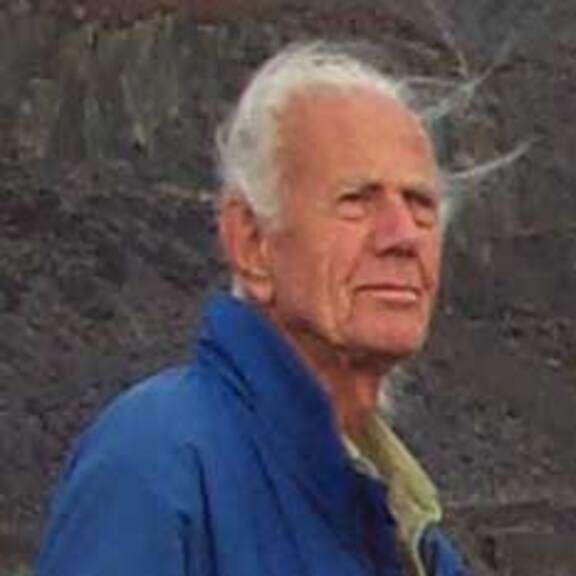Since 2002, Planetary Radio has visited with a scientist, engineer, project manager, advocate, or writer who provides a unique perspective on the quest for knowledge about our Solar System and beyond. The full show archive is available for free.
Search Planetary Radio
How astronomers at California’s Palomar Observatory revolutionized our understanding of the cosmos.
Radio telescopes are delivering stunning images that, in some cases, current optical telescopes can’t equal. Witness the 20 beautiful protoplanetary disks imaged by the DSHARP team using the ALMA radio telescope in Chile.
Happy Astronomy Day, October 13, 2018! We salute humankind’s long history of stargazing by checking in on what will be our planet’s largest telescope. Patrick McCarthy is an astronomer and a leader of the Giant Magellan Telescope project. He returns with a report on the instrument’s status, followed by a fascinating tour of the GMT facility.
Elon Musk. Jeff Bezos. Richard Branson. These are the names we tend to associate with the current era of private space exploration. But what about John Quincy Adams, James Lick, or Charles Yerkes? Space economist and historian Dr. Alex MacDonald joins us to discuss his book,
Moon Express Founder and CEO Bob Richards shares an inspiring vision for a return to the Moon. It includes introduction of a sophisticated line of robotic spacecraft, the first of which may make a soft landing next year.
Canada has a new Space Advisory Board, and The Planetary Society’s Kate Howells is a member.
Congressman Adam Schiff’s California district includes the Jet Propulsion Laboratory. He is as enthusiastic a fan of the final frontier as you are likely to find under the capitol dome in Washington D.C.
The world’s most powerful solar telescope has just been renamed for the man responsible for its creation. We’ll meet astrophysicist and helioseismologist Phil Goode, and we’ll enjoy a tour of the Goode Solar Telescope.
The University of Texas at Austin’s observatory is high in the hills of west Texas. In this special episode, Mat Kaplan joins the tens of thousands who visit it each year. The occasion was the dedication of the vastly upgraded Hobby-Eberly Telescope, third largest on Earth.
Space historian John Logsdon remembers American hero John Glenn. Planetary Society CEO Bill Nye was a big fan of the Friendship 7 astronaut—less so the new Star Wars movie. Then we get an update on the Giant Magellan Telescope from Patrick McCarthy.
Beautiful Death Valley National Park was the setting for a fascinating conversation with famed SETI researcher Jill Tarter and celebrated astronomer, artist and photographer Tyler Nordgren.
NASA has given the go-ahead for creation of the Wide-Field Infrared Survey Telescope. It might help reveal the nature of dark energy and point the way to life among the stars.
Joe Liske, host of Hubblecast, is also the top scientist on the European Southern Observatory’s European Extremely Large Telescope (E-ELT), now under construction on a Chilean mountaintop. “Dr. J” tells us what this largest ever telescope will help us discover.
Principal Investigator and physicist Bruce Macintosh joins astronomer Franck Marchis to celebrate first light from the most powerful instrument for imaging exoplanets.
On this special vacation edition of the show, we climb to the Mount Wilson Observatory to join a special tour for the descendants of the facility’s fascinating founder, George Ellery Hale.
A Planetary Radio double header includes a visit with CosmoQuest’s Pamela Gay. She and colleagues are working to replace vital federal funds for science education and citizen science programs. We also go to the dark side with David Carnahan of NanoLab, developer of carbon nanotubes that may help us discover Earth-like planets.
There will soon be one thousand confirmed exoplanets, but how do we learn more about such distant worlds? We talk to the leader of a team that has recently developed technology capable of revealing the spectra of these planets, which allows us to tease apart their composition. Emily Lakdawalla invites you to find the next “face” on Mars, while Bill Nye says another asteroid flyby is good news. Our special What’s Up space trivia contest prize will put your picture in orbit!
When John Dobson invented the Dobsonian telescope he changed the face of amateur astronomy. The 96-year old pioneer talks with Mat Kaplan. Emily Lakdawalla loves Curiosity’s self-portraits. Bill Nye the Science Guy is in London to host a youth webcast with International Space Station astronaut Sunita Williams. Bruce Betts keeps us from getting Lost in Space and helps Mat give away a cool Curiosity bumper sticker in What’s Up.


 Explore Worlds
Explore Worlds Find Life
Find Life Defend Earth
Defend Earth


















